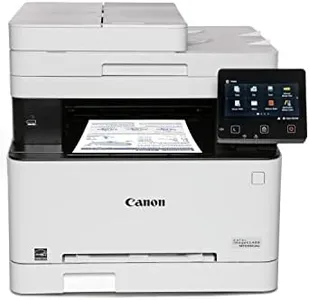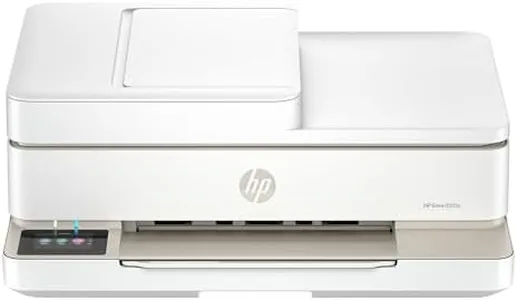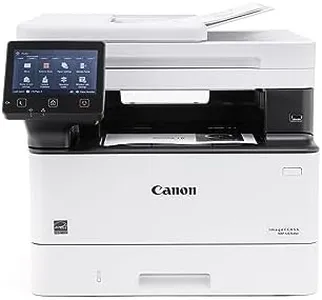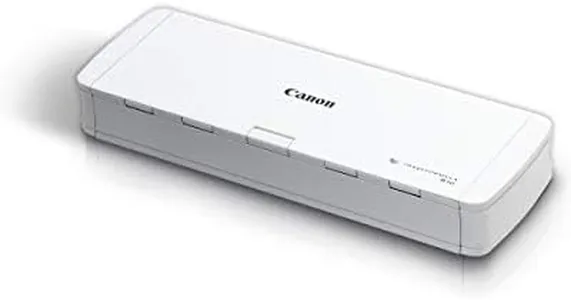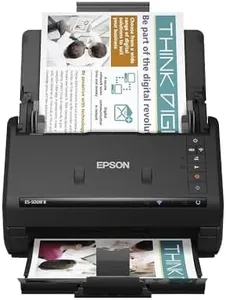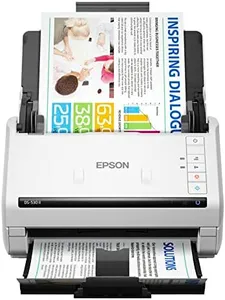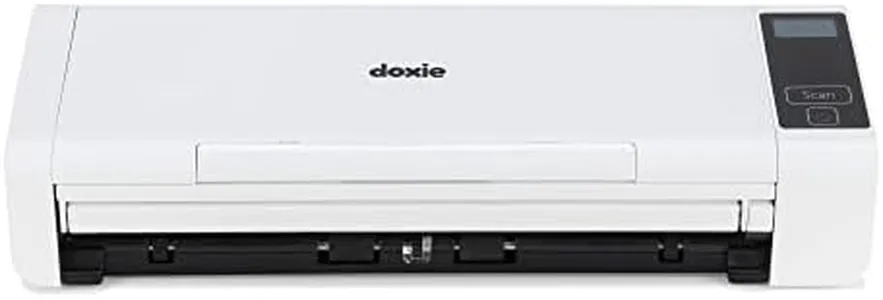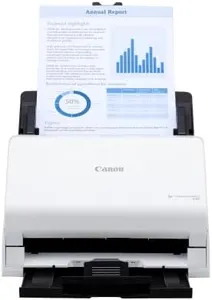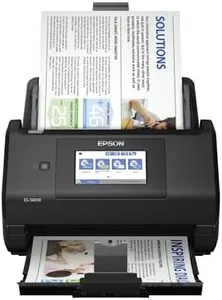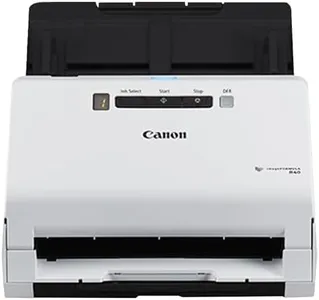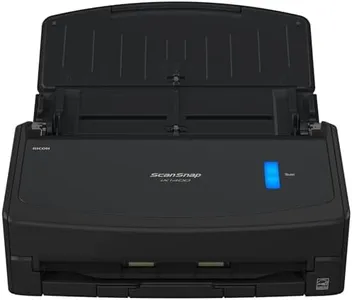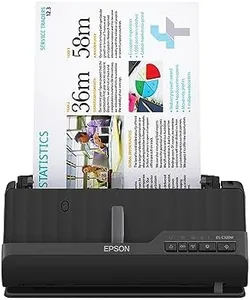We Use CookiesWe use cookies to enhance the security, performance,
functionality and for analytical and promotional activities. By continuing to browse this site you
are agreeing to our privacy policy
10 Best Duplex Document Scanners 2025 in the United States
How do we rank products for you?
Our technology thoroughly searches through the online shopping world, reviewing hundreds of sites. We then process and analyze this information, updating in real-time to bring you the latest top-rated products. This way, you always get the best and most current options available.

Buying Guide for the Best Duplex Document Scanners
Choosing the right duplex document scanner can significantly improve your productivity and efficiency, especially if you frequently handle large volumes of documents. A duplex scanner can scan both sides of a document simultaneously, saving you time and effort. To find the best fit for your needs, it's important to understand the key specifications and how they align with your specific requirements.Scan SpeedScan speed is measured in pages per minute (PPM) or images per minute (IPM). This spec indicates how quickly the scanner can process documents. If you have a high volume of documents to scan regularly, a higher scan speed (e.g., 30-60 PPM) will be beneficial. For occasional use or smaller volumes, a lower scan speed (e.g., 15-30 PPM) may suffice. Consider your typical workload to determine the appropriate scan speed for you.
ResolutionResolution is measured in dots per inch (DPI) and determines the clarity and detail of the scanned images. Higher resolution (e.g., 600 DPI or more) is important if you need to capture fine details, such as in photographs or detailed graphics. For general document scanning, a resolution of 300 DPI is usually adequate. Choose a resolution based on the type of documents you will be scanning most frequently.
ADF CapacityADF stands for Automatic Document Feeder, and its capacity indicates how many pages it can hold at once. A higher ADF capacity (e.g., 50-100 sheets) is useful for scanning large batches of documents without needing to reload frequently. For smaller scanning tasks, a lower ADF capacity (e.g., 20-50 sheets) may be sufficient. Assess the typical size of your document batches to decide on the right ADF capacity.
ConnectivityConnectivity options include USB, Wi-Fi, and Ethernet. USB is standard and reliable for direct connections to a single computer. Wi-Fi allows for wireless scanning and is ideal for shared use in an office environment. Ethernet provides a stable wired network connection for multiple users. Consider how you plan to use the scanner and choose the connectivity option that best fits your setup.
Software CompatibilityThe software that comes with the scanner can greatly enhance its functionality. Look for scanners that offer robust software for document management, OCR (Optical Character Recognition), and integration with cloud services. Ensure the software is compatible with your operating system and meets your specific needs, such as converting scanned documents into editable text or organizing files efficiently.
Size and PortabilityThe physical size and portability of the scanner can be important depending on your workspace and mobility needs. Compact and portable scanners are ideal for small offices or for users who need to scan documents on the go. Larger, more stationary models may offer higher capacity and additional features but require more space. Consider your workspace and how often you need to move the scanner when making your choice.
Duplex Scanning CapabilityDuplex scanning capability means the scanner can scan both sides of a document simultaneously. This feature is crucial for saving time and increasing efficiency, especially if you frequently handle double-sided documents. Ensure the scanner you choose has reliable duplex scanning to streamline your workflow and reduce manual intervention.
Most Popular Categories Right Now
